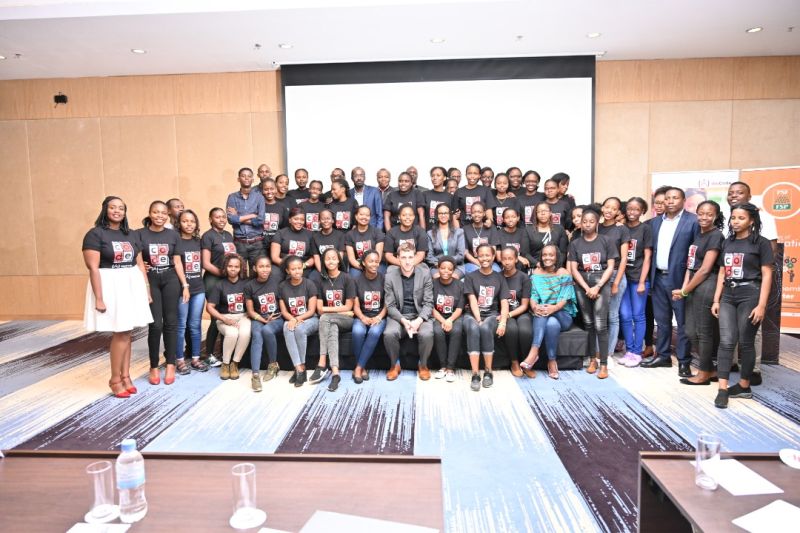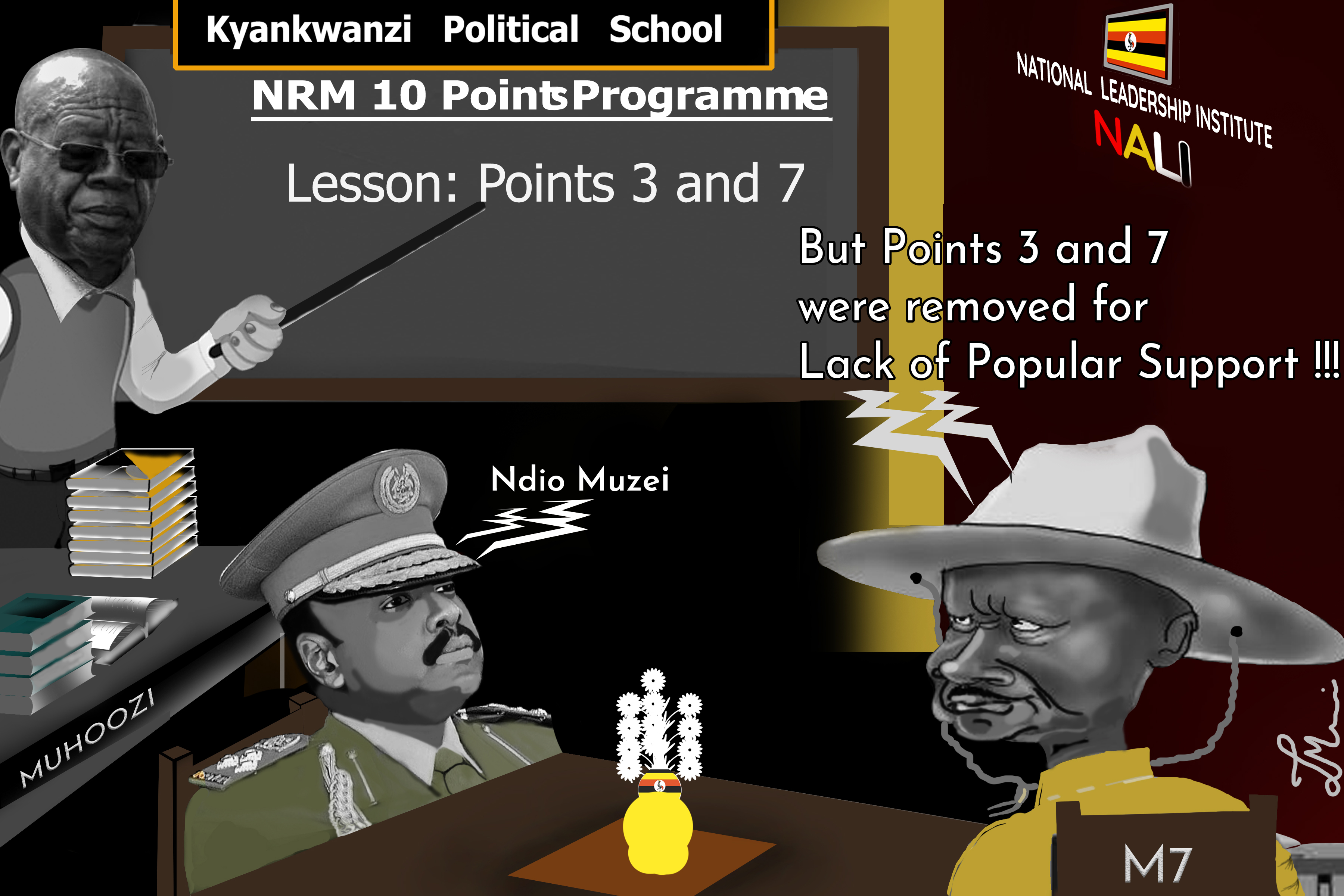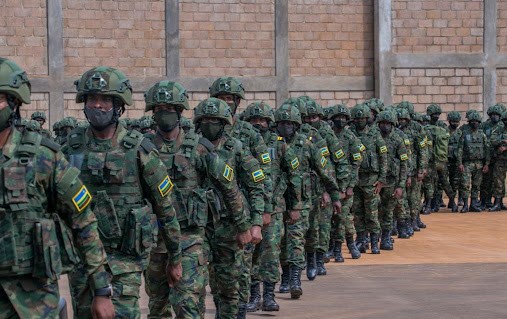Regional
Rwanda’s scientific approach to COVID 19 fight paying off

Since early 2020, Rwanda, like all other countries across
the world, has had to come up with some stiff measures to contain the spread of
the novel Coronavirus. As new as it was to all countries,
the virus forced many to adopt extraordinary measures which have progressively
become a way of life.
Lockdowns, curfews and other limitations to business and
social interactions are now the ‘new normal’ as we grapple to contain the
spread of the virus and its devastating effects on people. The success by
countries in containing the pandemic has been underpinned by their ability to
understand that a scientific approach was the only key to defeating the virus,
or at least, mitigate its impact.
This implied understanding the characteristics of the virus,
engaging in mass testing, limiting human interactions, getting to know how to
best manage the positive cases and putting in place a vigorous contact tracing
mechanism. This
has been Rwanda’s path from the day the very first case was discovered in the
country, and has been consistent to date.
The consistency is attributed to good governance, chiefly
the creation of robust synergies between government and civil society organizations
as well as between the government and the people to put up a united front,
guided by scientists.
Efforts in public awareness, sensitization of people on the
preemptive measures, engaging them to being at the frontline of different
activities that contribute to the fight against COVID-19, among other
strategies, proved to be a good approach. This greatly contributed to the
country’s effective management of the pandemic.
However, despite the effective management of this pandemic by some countries, the mutating nature of COVID-19 resulted in the evolution of new variants that make the virus spread much faster. Rwanda was not spared - just like many other countries - from the changing trends of the virus. This is seen in the escalation in the number of positive cases during the past few weeks and, unfortunately, in the increase of related deaths.
Mass testing
pays off
Just a few weeks ago, the country thought a corner had been
turned in containing the virus. Very few cases were being registered daily –
even much fewer hospitalizations. Actually, many COVID-19 treatment centres had
been closed temporarily due to lack of patients.
Then, the country experienced a sudden surge in the numbers
of positive cases and deaths which quickly became a perturbing concern for the
government and the people. The most immediate preoccupation by the
scientists was to identify the causes of the trend despite all the preemptive
measures already in place.
It was a worrying situation. And when a lockdown was
announced, in parts of the country, it was no surprise at all. Taking advantage
of the lockdown, the government organized a mass testing campaign that took
place from the village level. The activity was swiftly welcomed by
the people. From the mass testing results, it was a relief to the country when
a good picture of the COVID-19 situation was revealed.
On July 17, the government initiated a two-day mass testing
campaign across 161 cells in the City of Kigali - 106, 287 people were tested.
Out of these, 3,915 returned positive for the virus. This
represented a positivity rate of 3.7%, which is a safe zone, by World Health
Organisation (WHO) standards.
The outcome was much better than what many people had
anticipated. Most of us certainly were expecting to see a worrying double digit
positivity rate based on previous daily updates. One thing
therefore became clear. The data of the previous weeks were collected from two
critical sampling clusters, from contact tracing and the risk groups, and
consequently the positivity rate had been as high as 17%.
This was like conducting HIV tests from a selected sample of
sex workers. Results from contact-tracing and high risk groups do not
portray the national infection rate. They cannot be taken as a standard
measurement of the trend of COVID-19 positive cases. The Government
decision to carry out mass testing was a good scientific approach to determine
the actual proportion of infections based on an adequate sample size.
However, this new rate should not, by any means, let any
Rwandan think that they are spared from the risk of having the numbers escalate
to a double digit positivity. It all depends on how best we keep the
containment measures and how disciplined we are in observing measures put in
place by our health system.
With the current lockdown that has just been extended to
five more days, we can anticipate the numbers to drop even further due to the
isolation of positive cases at home. A second mass testing campaign
involved 51,382 people from homes in some “hot spot” cells where the highest
numbers of positive cases were registered in the last mass testing.
From a previous positivity rate ranging from 5% to 10% in
the last exercise, the second one revealed that the positivity rate in the same
localities was 4.4%, an indication that the current lockdown is paying off. My
appeal to all Rwandans is: observe all the measures put in place to contain the
spread of the deadly virus. Own the fight against COVID-19 and, together, let
us make the #Sindohoka (I won’t give up) campaign a success.
As everyone enthusiastically looks forward to enjoying life
like it was in the pre-COVID-19 time, we need to know that only our collective
behavior will make it happen.






